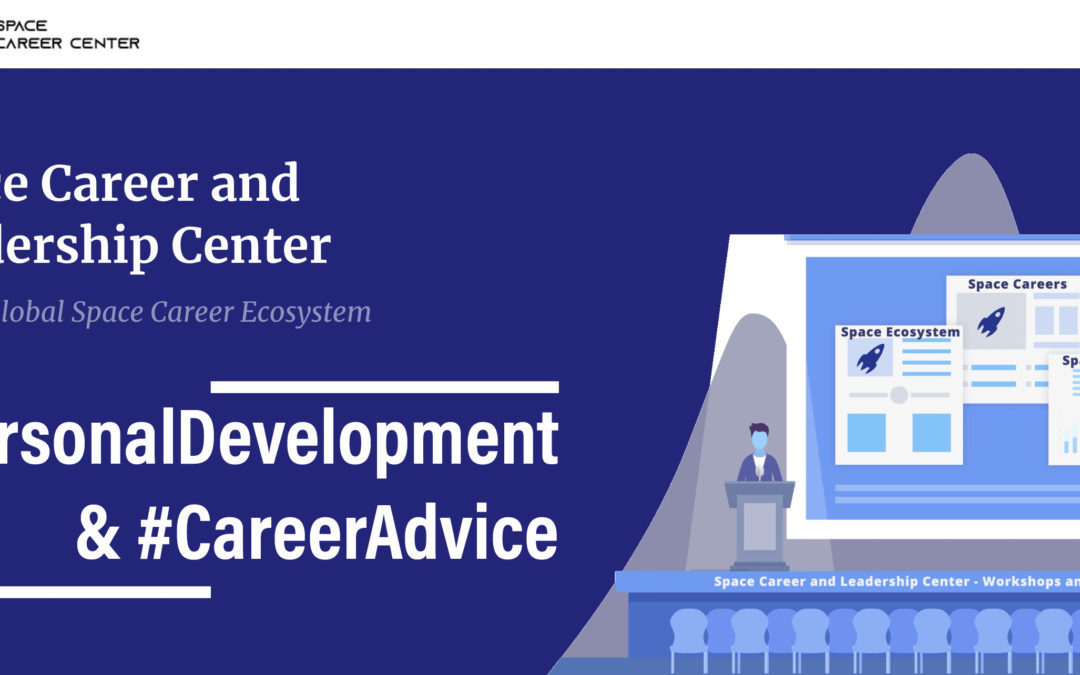
The Art of Cover Letter
Tl;dr: A cover letter is controversial and not all recruiters put heavy weight on them. However, they are vital for a job application and this post provides an overview on needed steps to write a cover letter for your job application
Please note the disclaimer below.
Keywords: cover letter, job applications, how-to.
As a part of my spring-office-cleaning and overhaul of our leadership workshops, I started to work on a new post about job application Cover Letters. I feel it’s about time. In addition, a friend is working on his cover letter, so I got inspired to follow along with the process.
Over the years I found that many (including me) applicants are somehow worried about cover letters. They don’t exactly know what they should write and put too much weight on the recruiters view.
My approach is a different one. I always ask clients (the job searching applicant) two questions, before I get into anything else and I listen carefully to the individual answers (this is the important part!) The two question are:
- What is this position about?
- What skills, experience, and value can you bring to the table?
As somebody who struggles to write a cover letter, having answers on both of this questions is vital and can then be used as the dotted line.
The first question provides an opportunity understand if the position is basically a place the client can see herself/himself working.
The second question gives insight whether or not the client has what is needed, or sees a possible path to gain the skills in the process.
The goal of this two simple questions is, to build up a baseline about the position and to get first clues on what we can put into a cover letter.
Basic Structure and Content
Once we have determined the baseline, we move on to have a look at a basic structure and possible content for a cover letter. Again, a cover letter should always be based on the writers thoughts, hence, there is not a one-fits-all solution. The following structure together with the baseline above can, however, guide you through it.
Here are the four basic paragraphs:
- How do I see the opening, the job to be done
- Which skills and what experience do I have or used the last 3-4 years that would bring benefit and value to the position and company
- What are my value-added skills and experiences?
- Closing
Writing Process
1 Step: 5 bullet points for each part of the structure
2 Step: Create an action-loaded sentence out of each bullet point
3 Step: priories the lines
4 Step: Write it
Proofreading
Now, that the draft of the cover letter is being done, it’s time to let somebody to proofread it. Not so much possible to go sideways here, but some of my clients made good comments on how they work with criticism:
- This is your cover letter, it has to have your language and not the language of someone else
- Critique is awesome, it shows that someone cars. However, critique tends to be very personal and subjective – you must see it this way. Take all points in, think about them, and take them or leave them. It has to be a deliberate decision.
- Ask someone who knows you and your skills to give you their POV on paragraph 2 and 3.
- Ask someone who knows the industry or even company and position you are applying, if you get it right in paragraph 1. This is crucial, you might end up having an interview for something you don’t even like.
Wrap up
One can’t stress enough, that a cover letter is kind of an art: it can be beautiful and worthless, and ugly but worth millions. It’s in the eye of the person looking at it. It has to be unique but standard. And it needs time to perfect it.
Get help with your Cover Letter today: https://careercenter.space/space-advancement-labs/
About Us: Space Career and Leadership Center is building the first space career ecosystem providing guidance and help related to professional and leadership development as well as entrepreneurship in space.
About the Autor: Bernd Weiss is helping companies and organisations to engage in Space projects, capacity building & Digital Transformation. He is Founder and Managing Partner at Astromerge Space Access Advisors & Founder and Lead Coach at the Space Career and Leadership Center. He authors the OneGoalStrategy, the “4 Stages of Business Ideas”, and is guiding leaders with setting and hitting goals faster. He participates in research projects on ecosystem development and capacity building for emerging markets.
Disclaimer: There is really not the one and only process or format for a cover letter. Hence, the thoughts in this article should be seen as a guiding opinion. They can either help to get new ideas and a different perspective, or they can support and strengthen what was already put on paper. Feel free to reach out to me and our team with your questions.

